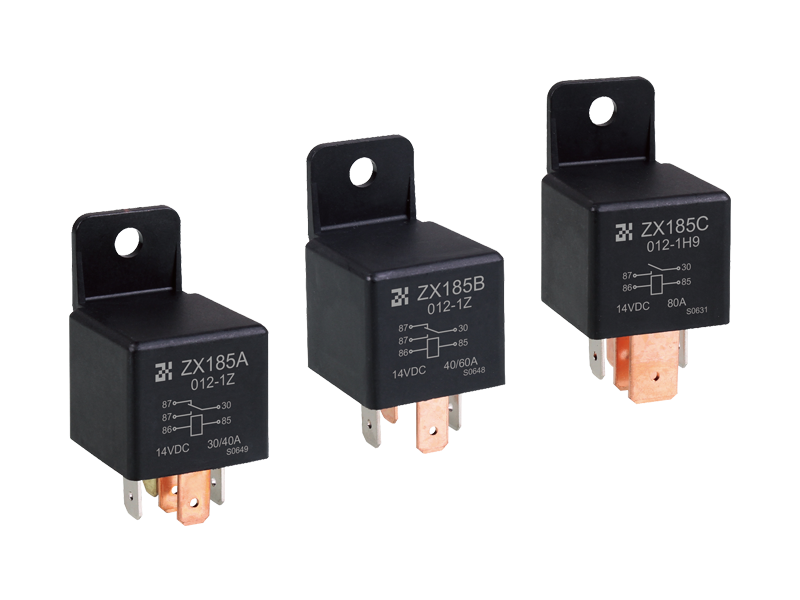When selecting a relay, factors such as the type of power supply, the rated voltage and rated current of the contacts, the rated voltage or rated current of the coil, the combination and number of contacts, the pull-in time, and the release time are mainly considered. The following describes the selection principles of several commonly used relays.
Selection of Electromagnetic Relays
(1) Current relays are divided into two types: overcurrent relays and undercurrent relays according to the protection required by the load.
The main parameters of t selected by the overcurrent relay are the rated current and the operating current. The rated current should be greater than or equal to the rated current of the protected motor, and the operating current should be set according to the working conditions of the motor at 1.1 to 1.3 times the starting current. Generally, the starting current of the wound rotor asynchronous motor is considered as 2.5 times the rated current, and the starting current of the squirrel asynchronous motor is considered as 5-7 times the rated current. When selecting the operating current of the overcurrent relay, there should be some room for adjustment.
Undercurrent relays are generally used for field weakening protection of DC motors and electric breakers. The main parameters selected are rated current and release current. The rated current should be greater than or equal to the rated excitation current, and the setting value of release current should be lower than the minimum excitation current that may occur within the normal working range of the excitation circuit, which is preferably 0.85 times the minimum excitation current. . When selecting the release current of the undercurrent relay, there should be some room for adjustment.
(2) Voltage relays According to their role in the control circuit, voltage relays are divided into two types: overvoltage relays and Undervoltage (zero voltage) relays.
The main parameters of the selection of the overvoltage relay are the rated voltage and the operating voltage, and the operating voltage can be set according to 1.1-1.5 times the rated voltage of the system. The Undervoltage relay is usually used as a general electromagnetic relay or a small contractor, and its selection only needs to meet the general requirements, and there is no special requirement for the release voltage value.
Selection of thermal relays
Thermal relays are mainly used for overload protection of motors and are usually selected according to the type of motor, working environment, starting conditions, and load properties.
(1) Structural type of thermal relay When the motor windings are connected by ya, a thermal relay with a two-phase structure can be selected. If the grid voltage is seriously unbalanced and the working environment is bad, a thermal relay with a three-phase structure can be selected; when the motor winding is connected with a △ connection When the three-phase structure thermal relay with phase failure protection device should be selected.
(2) The rated current of the thermal relay For a motor that operates normally for a long time, the rated current of the thermal element of the thermal relay is taken as 0.95-1.o5 times the rated current of the motor; for a motor with poor overload capacity, the rated current of the thermal element of the thermal relay is taken as the motor. 0.6 to 0.8 times the rated current.
For a motor with repeated short-time duty, the allowable operating frequency of the thermal relay must first be determined, which can be selected according to the motor's starting parameters (starting time, starting current, etc.) and the energization duration rate.










